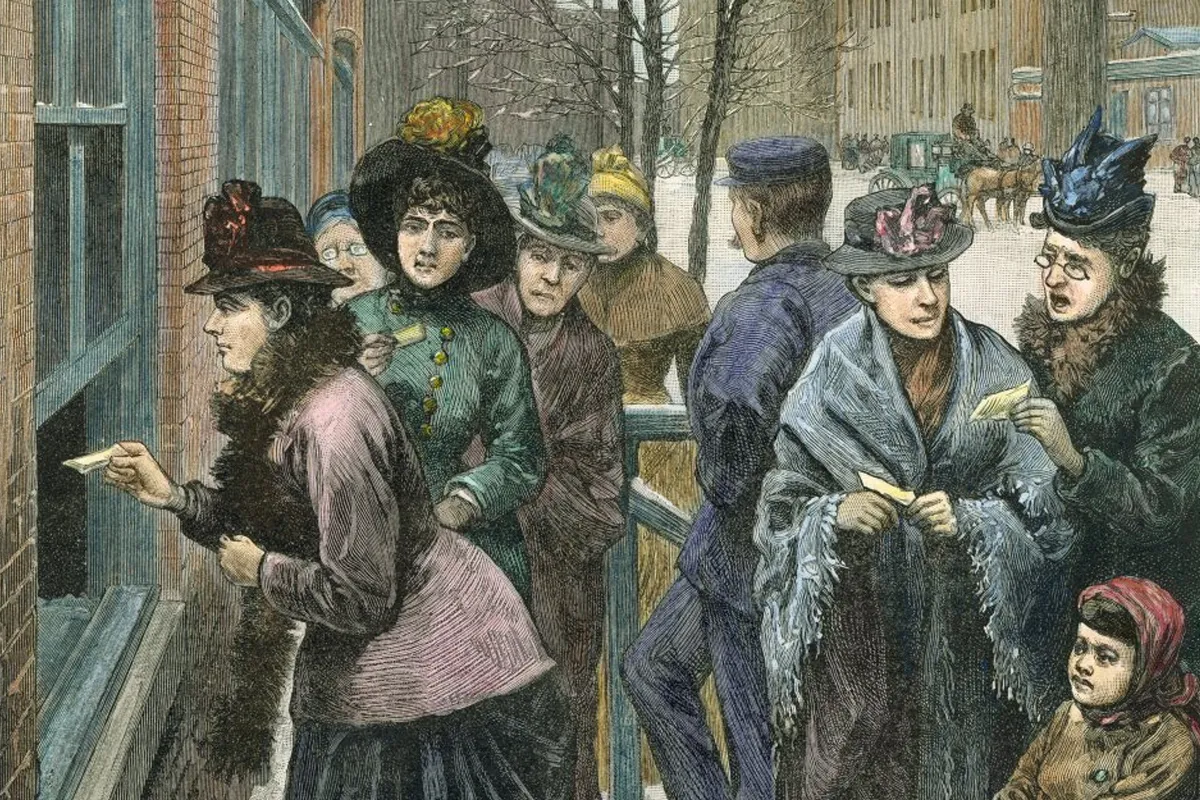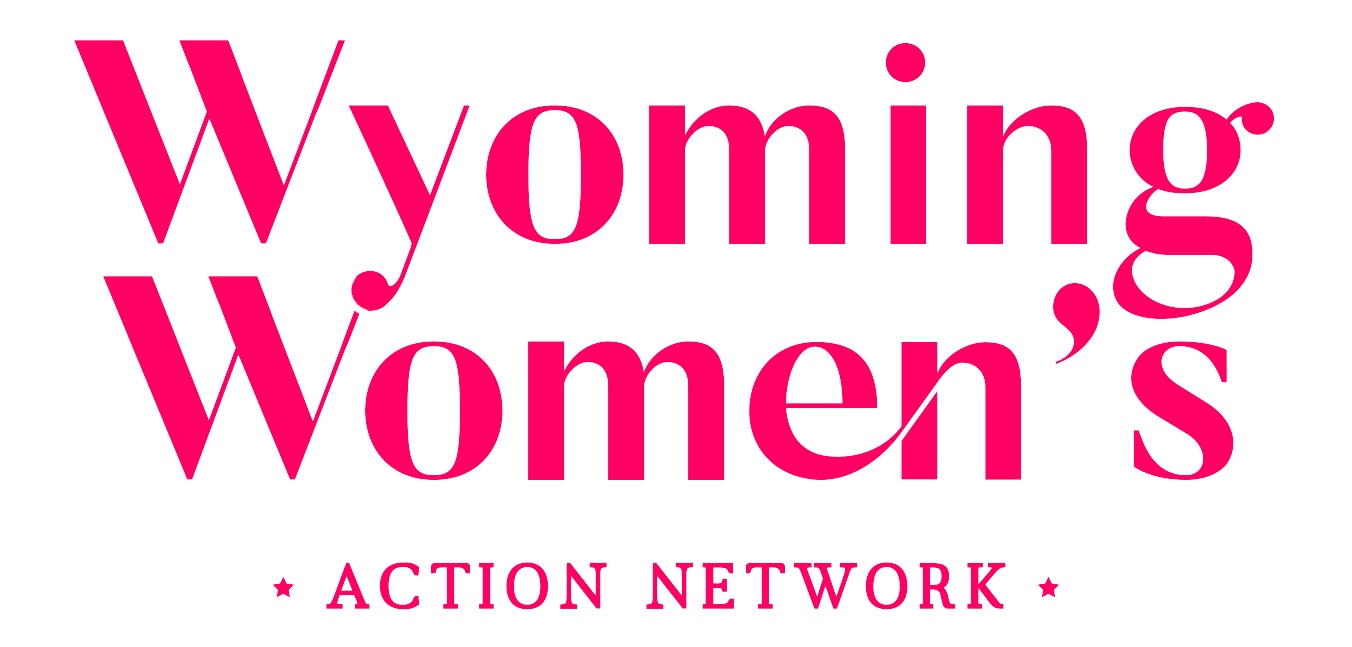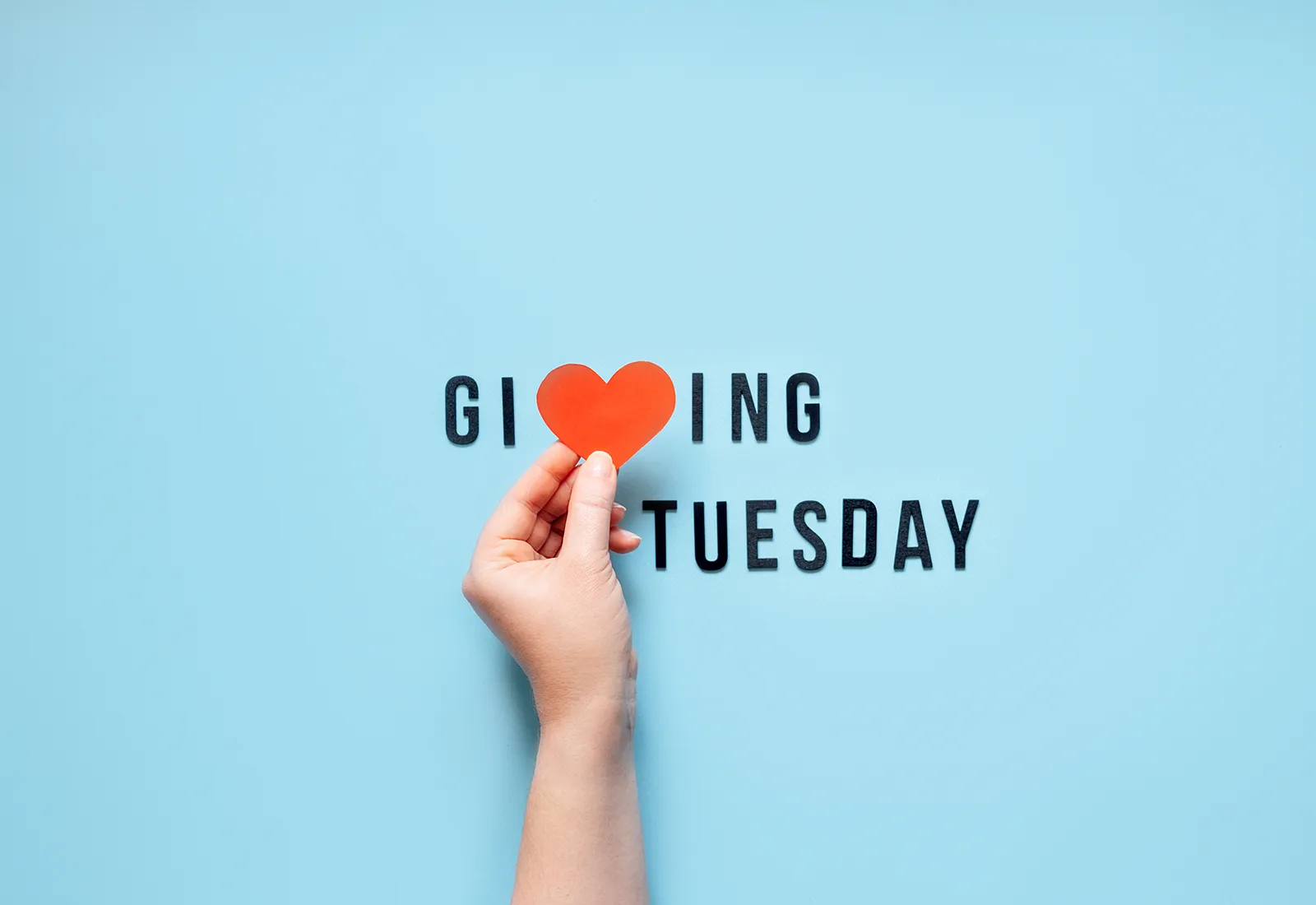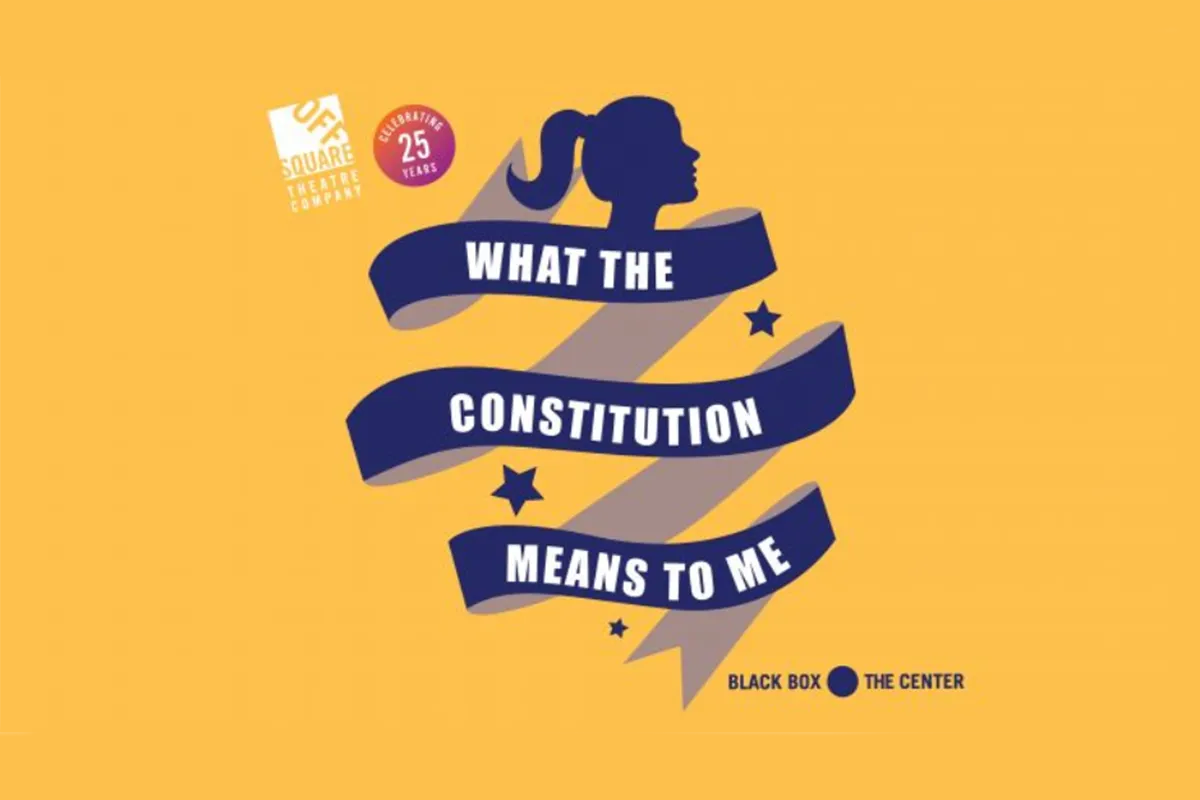
A recent article in U.S. News, “Gender Equality Remainds Elusive in the Equality State,” highlights information you already know:
- Wyoming women face a large pay gap,
- Higher-than-average maternal mortality, and
- Unequal representation in state government.
Journalist Josie Rozzelle closes her article with a data point you might not know—but would do well to pay attention to. She writes, “Wyoming’s population of young people aged 25-29 has consistently declined in recent years, shrinking by nearly 16% between 2017 and 2021, according to Census Bureau estimates. In that time frame, the state’s population of women in the same age range declined by nearly 21% while the respective population of men declined by just over 11%.”
That last part bears repeating:
The state’s population of women in the same age range declined by nearly 21% while the respective population of men declined by just over 11%.
Nearly twice as many women between 25 and 29 left the state as young men.
Today, we celebrate the 103rd anniversary of the ratification of the 19th Amendment* (that asterisk being your reminder that the right to vote was not extended to all women, equally, or all at once), we can’t help but think about everything that Josie captured in her article and how all that inequality in the Equality State compounds to the point that women between 25 and 29 are leading the charge … out of our state.
What does a future without women look like?
We got a decent look at it during the pandemic when school closures and lack of childcare forced women out of the workforce in unprecedented numbers. Nearly 2 million women were pushed out and the economy suffered.
So what would it mean for Wyoming if nearly 1/4 of all women between 25 and 29 left the state?
We can guess that there will be fewer young families. That’s something that will impact our workforce for this generation and the next. That’s a whole generation of children born in another state. (Probably an adjacent state—all of our neighboring states have seen population growth at the same time that Wyoming’s has remained flat.)
We can surmise that means fewer women moving into leadership roles in the state’s vibrant nonprofit sector over the next few years. As Britney Wallesch and Jen Simon pointed out, “In Wyoming, the nonprofit sector accounts for nearly 16,000 jobs and more than $2 billion (yes, billion with a ‘b’) in annual revenue. For context, only six of Wyoming’s 23 counties are home to more than 16,000 total workers. And the people behind those nonprofit jobs, that revenue and the entrepreneurship that makes it possible — they are mostly women.”
Women make up the vast majority of two of Wyoming’s largest sectors: healthcare and education. Wyoming Women As Economic Drivers explains, “In Wyoming, women made up 90% of persons working in healthcare support occupations (e.g., nursing aides, home health aides, and dental assistants), compared to 86% nationally. Women made up 71% of teaching full-time equivalents (FTEs) and 63% of educational support staff FTEs.” Both sectors face shortages nationally with critical shortages here in Wyoming. If more women leave the state, those shortages will only get worse.
Early career women—demographically often married with young children, unusually well-educated and upwardly mobile—are the canary in the proverbial coal mine. That they are leaving our state in such large numbers means we’re overdue for a long hard look at our policies. Where these women go, so goes our state’s hope for an upward economic, civic, and social trajectory.
So, why are these particular women leaving?
Josie points out in her article that Wyoming women face a large pay gap, higher-than-average maternal mortality, and unequal representation in state government. The women who are leaving have tried to make a go of it here in the Equality State and found that their job, economic, and family prospects are diminished. Their interest in having children is threatened by the high likelihood of pregnancy complications (and death) and the reality of living in maternity deserts where there isn’t a hospital in which they can give birth safely. Our state lacks reliably funded and readily available EMS, childcare, and mental health services.
As Jen said to Josie, “They’re running into the real effects of those policy decisions and it becomes almost impossible for them to stay. I want this state to be a great place for all of the young women I know who have gone to college to come back and live their lives, raise their families.”
We have a long way to go before that can happen here. We need to continue to highlight these issues and recommend policy fixes that might make things better for all of us—especially the next generation of women who we need to carry our state into a more successful future.
Related articles
April 28, 2024
April 28, 2024
April 28, 2024




